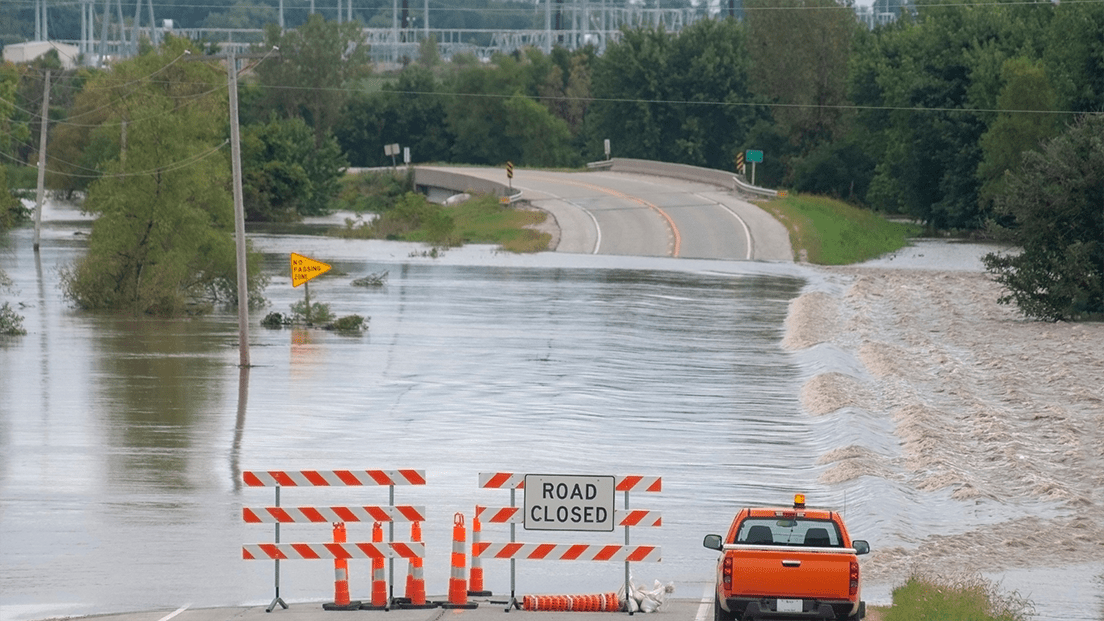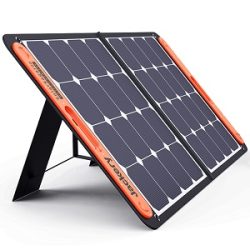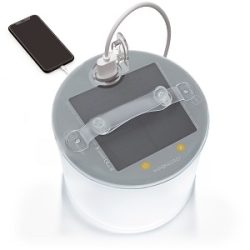Structural damage from floods in the United States reached $13.5 billion in 2022. Floods cost businesses nearly 3 million days of operation last year as well.
Because Mother Nature is so unpredictable, there are steps you should take ahead of time to prepare your home for storms, flooding, and power outages.
Minimizing damage to your home and keeping your family safe during inclement weather are huge priorities.
Always Be Prepared
A single power outage or flood can have devastating results if you and your family aren’t prepared. LifeSecure always tells our customers that emergency preparedness is the best way to protect themselves during a natural disaster.
Regarding flooding or power outages, reviewing your safety measures and checking your emergency equipment is important. In a disaster, you don’t want to end up with equipment that doesn’t work or expired food.
For floods, ensure you have an evacuation plan. If not, find the safest place in your home to shelter or where emergency services are located. The more you know about these locations, the easier it will be to remember them in a crisis.
Also, periodically check and replenish your flood emergency supply kit. That includes checking flashlights and radios for batteries and the expiration date on any food or liquids.
During a flood or power outage, stay connected with local authorities, community resources, and support networks, as they provide helpful and timely information that you’ll need to protect yourself and your loved ones.
By staying vigilant and proactive, you’ll be able to face any flood or power outage situation confidently and safeguard your family’s well-being.
Power Outages
Sudden power outages can occur during heavy rain, wind, and snow storms. Vehicle accidents and rogue squirrels can also knock out your power suddenly at any time.
Power outages often end in about 2-3 hours; in these cases, the loss of perishable foods isn’t as concerning. However, many factors can extend the length of your power outage from a few hours to days without electricity.
When power outages last longer than 3 hours, there’s a variety of safety tips and equipment that help protect you and your loved ones from any danger. Your goal should be to minimize loss and keep all household members safe and comfortable during prolonged power outages.
Prioritize Power Outage Safety Tips
During prolonged power outages, prioritizing your family’s safety and well-being is important.
Consider investing in backup power sources such as portable generators rated for your anticipated power requirements. If you use a generator, install carbon monoxide alarms to prevent carbon monoxide poisoning.
You should also consider investing in battery-powered radios and keep a handful of flashlights nearby. Don’t overuse your cellphone’s light during this time, as you’ll want to maintain its battery life for as long as possible.
Keeping a supply of Styrofoam coolers, ice packs, and digital quick-response thermometers to preserve perishable food items during short-term power outages is always helpful.
Don’t open your refrigerator or freezer door more than you must. It’ll stay much colder for longer if the doors remain shut.
Flooding

Along with power outages, floods are among the most frequent issues faced with spring storms and several days of sustained rain. You can use FEMA’s Flood Map Service to identify whether or not your home is in a flood danger area.
Flash floods are also a concern when water rapidly rises along a stream or low-lying area. You should take many precautions if extensive rain is forecasted or if your home lies in a flood hazard zone.
Ensure Flood Safety with Essential Supplies
You should always have a well-stocked flood emergency supply kit readily available.
Your flood emergency kit should include non-perishable food, drinking water, flashlights, batteries, a first aid kit, extra clothing, blankets, and a battery-powered or hand-crank radio.
If you take any medications, ensure you have them with you in case you are evacuated from your home. For those with four-legged friends at home, keep food, water, and a collar to comfort them.
The Red Cross provides a comprehensive flood safety checklist to print out and keep on your refrigerator.
Secure Your Home with Flood Safety Measures
Protecting your home from potential flood damage requires proactive measures. Outside of your home, maintain proper gutters, downspouts, and splash pads to avoid water buildup.
Consider raising furnaces, water heaters, and electric panels inside your home to higher floors that are less prone to flooding. Protect your valuable documents from water damage by keeping them in a safe or waterproof container.
Install check valves in your plumbing to prevent flood water from backing up into your drains and seal walls in basements with waterproofing compounds to minimize seepage through cracks.
Stay Informed and Plan for Evacuation
Stay informed about flood risks in your area for your family’s safety.
Monitor local flood alerts and weather updates, and establish a communication plan with your family members in case of evacuation.
Discuss and rehearse an evacuation procedure, identifying your community’s safest routes and potential shelters.
Familiarize yourself with the Special Flood Hazard Areas and check if you are eligible for flood insurance to mitigate potential financial burdens.
What to Include in Your Power Outage and Flood Safety Emergency Kit
Solar Power Station
The Jackery Explorer 550 Solar Power Station keeps critical electronic devices charged and ready for use during a power outage. Ensure that your smartphones, laptops, CPAP, and appliances, like mini coolers, electric grills, and coffee makers, stay charged and ready to go when needed.
Waterproof Solar-Powered Lantern
When building your emergency kit, do not use candles. They are a fire hazard. Instead, the LUCI Solar Waterproof LED Charger/Lantern provides 360 lumens of light and is compact and lightweight for storage and transport. This waterproof lantern also charges cell phones and can last up to 50 hours on a single charge.
NOAA Radio
Stay on top of local news and weather with the SECUR Dynamo/Solar Emergency NOAA Radio. This product provides a NOAA weather band radio and a USB charging input.
First Aid Kit
LifeSecure’s First Aid Kit is mobile-friendly and carries everything you need for first aid on the road. With 110 different pieces, this first aid kit is the perfect addition to your flood and power outage safety kit.
Prepare for Flood and Power Outages with LifeSecure
Power outages and floods can happen unexpectedly. Whether you live in a flood zone, experience frequent storms, or live in a paradise, you don’t want to be caught unprepared when high waters creep in or the electricity cuts out suddenly.
Whatever Mother Nature has in store, minimize damage and keep your family safe. LifeSecure’s vast selection of emergency preparedness products gives you and your family the tools to stay safe during a natural disaster.






